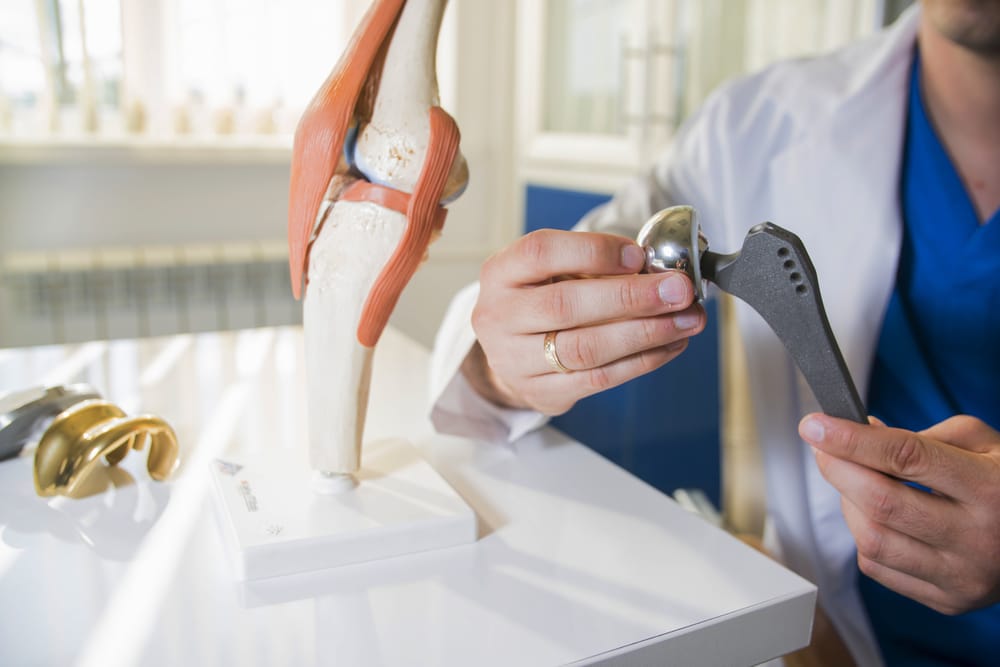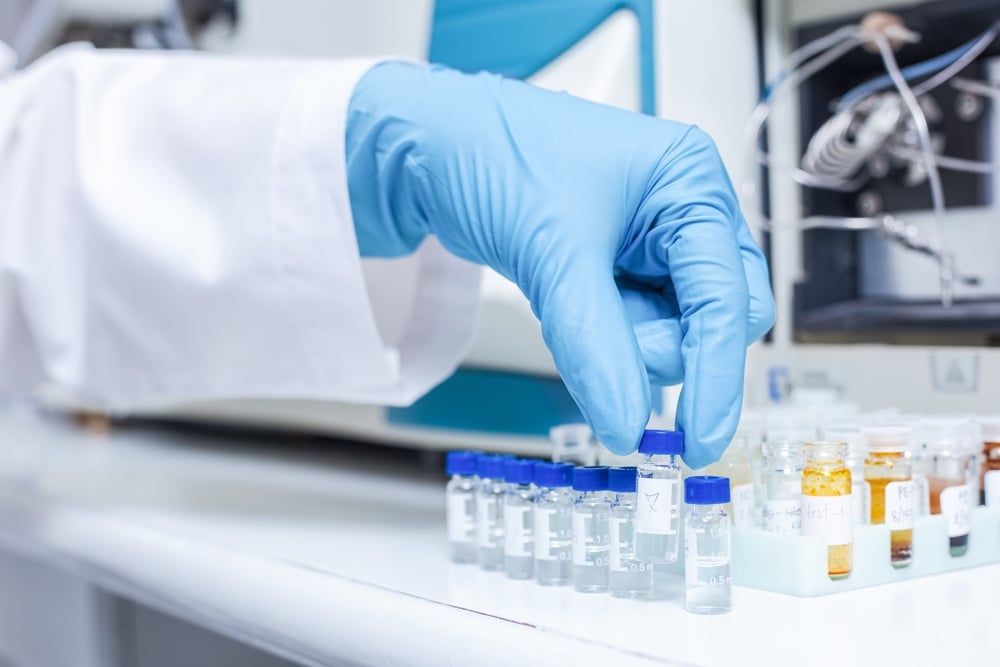
Medical devices manufactured for implantation into humans must be free of pyrogens. Pyrogenic contaminants on the surface of medical devices are very often not soluble.

BET and RPT fail to detect non-soluble pyrogens as these assays test only the rinsing solutions of products. These don’t reflect the entire surface contamination, which causes false negative results.

Only MAT for medical devices tests by direct incubation with human blood cells, which captures contaminants on a device’s entire surface – making it the most comprehensive pyrogen test.
MAT employs peripheral blood mononuclear cells to simulate the first stages of a human’s immunological response to a medical device’s contamination of pyrogens.
Your parenteral medical device is (where necessary, dynamically) incubated with peripheral blood mononuclear cells.
Left overnight, Toll-like receptors of monocytes detect any pyrogens, which will then launch the human immune system. The release of cytokines is activated.
The next morning, detection and quantification of released IL-6 cytokine concentration is established by carrying out a human IL-6 ELISA.
The concentration of cytokines in the medical device preparation is then converted into Endotoxin Equivalent units/ml using the LPS standard curve.
Copyright © 2023 MAT Research B.V. | All Rights Reserved | Registered office: J.H. Oortweg 21, 2333 CH Leiden, The Netherlands.
CoC (KvK): 65492560. VAT: NL856134314B01. EORI: NL856134314.